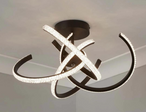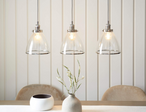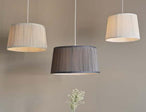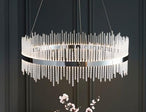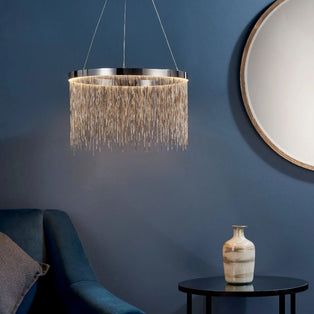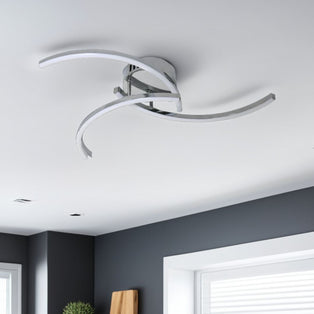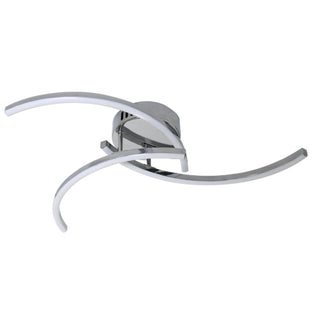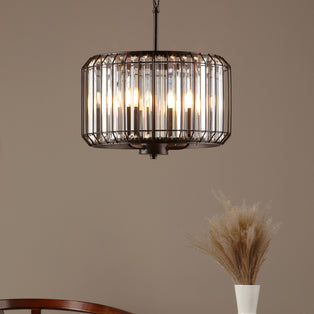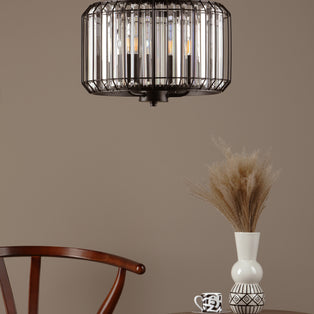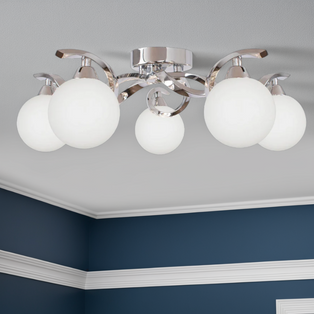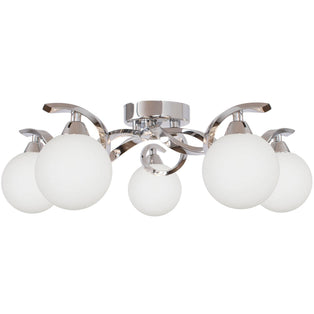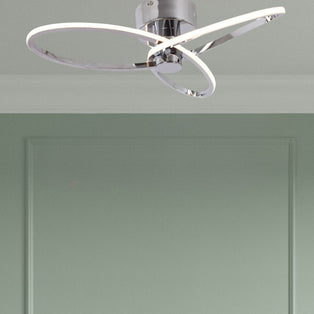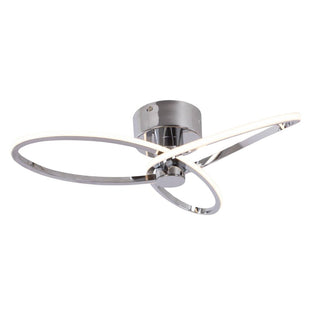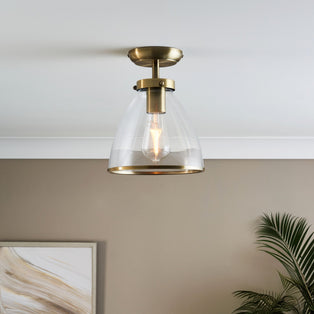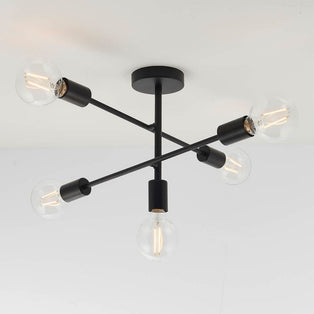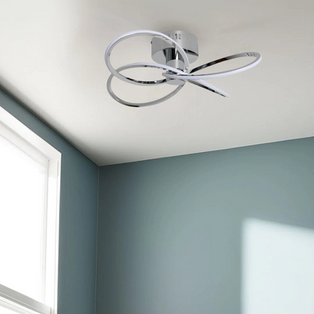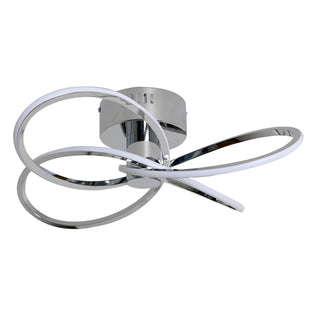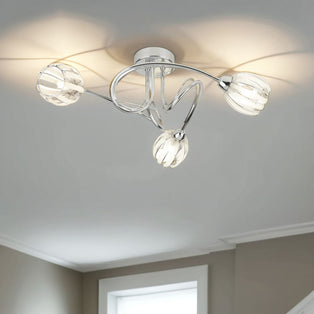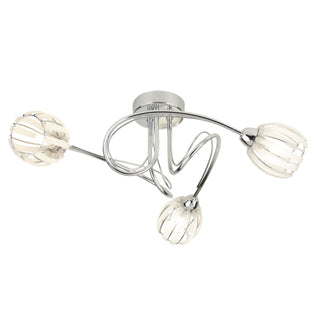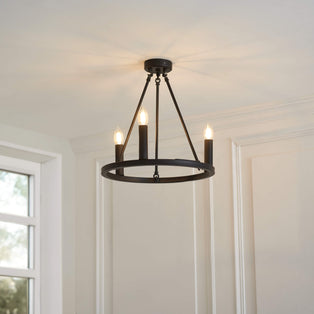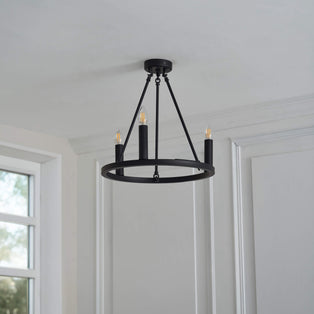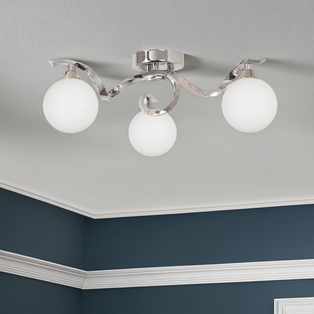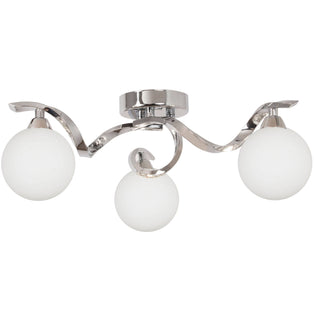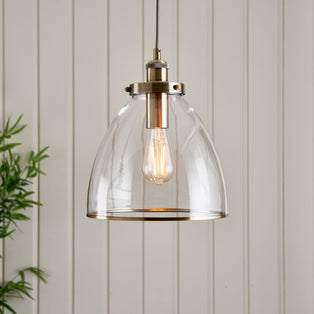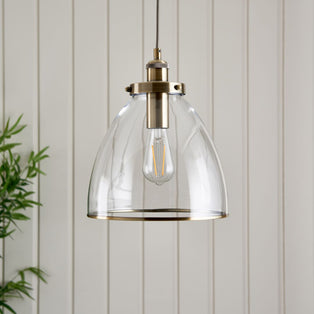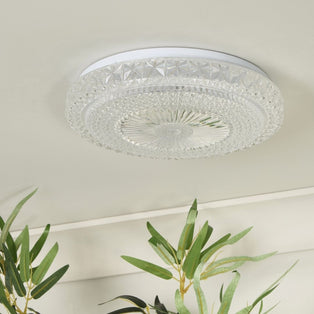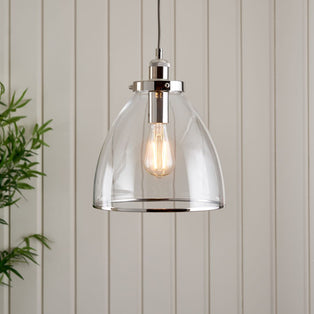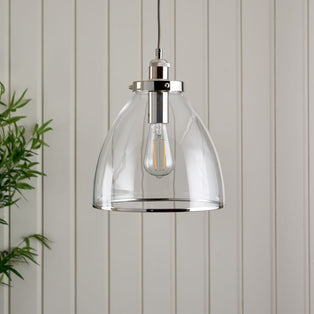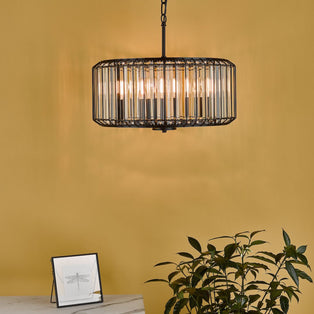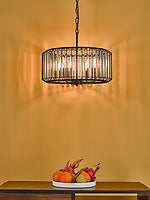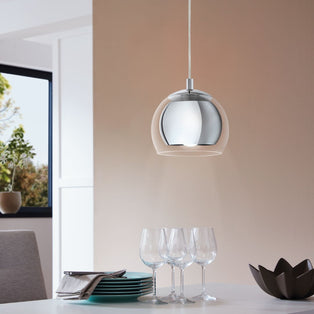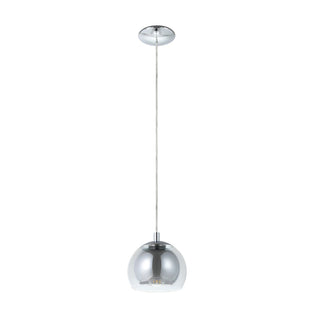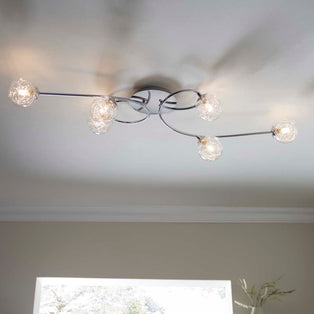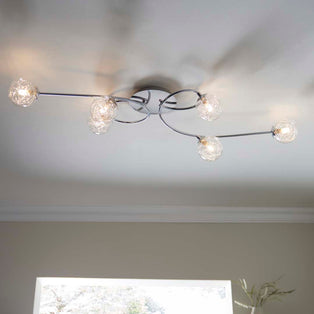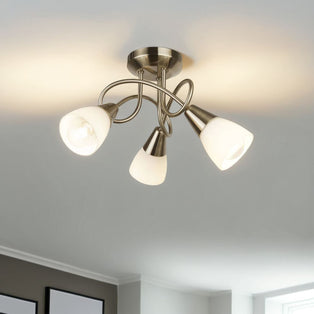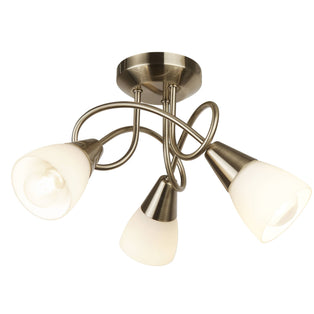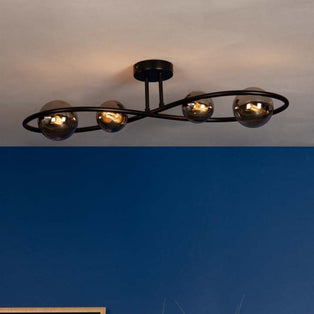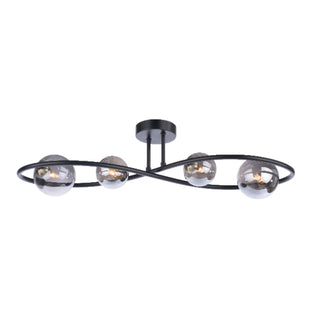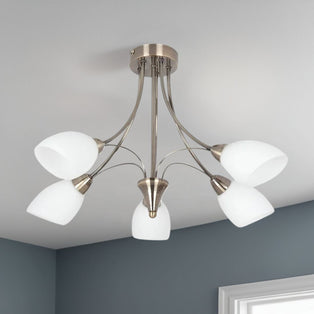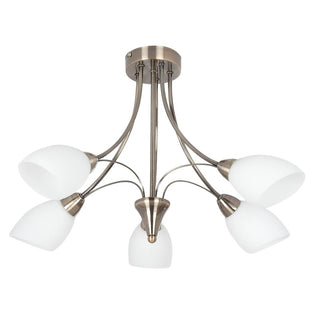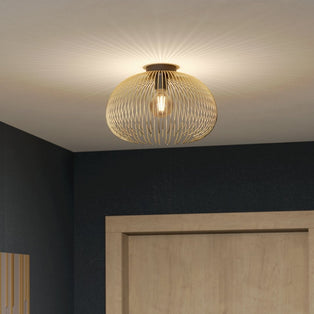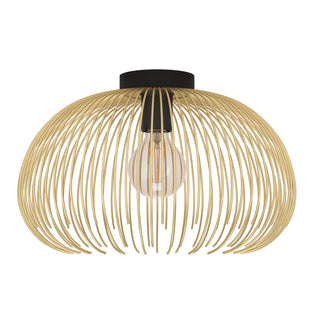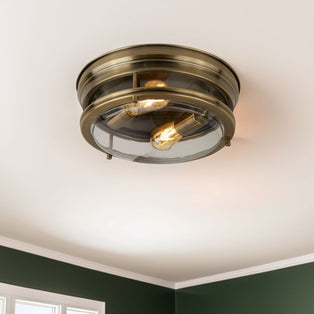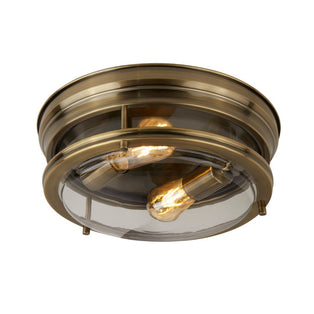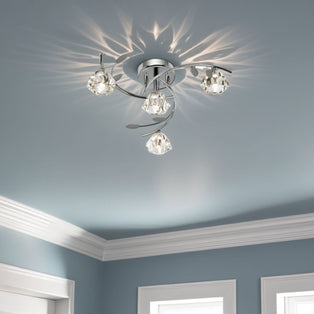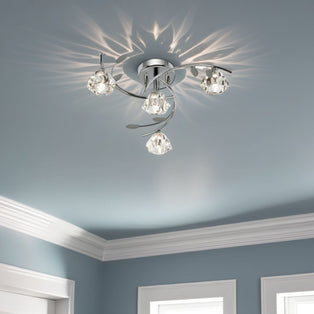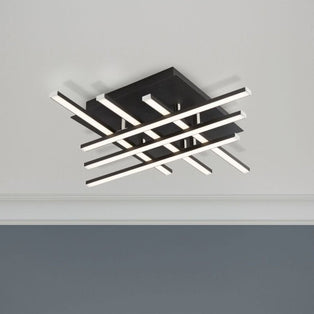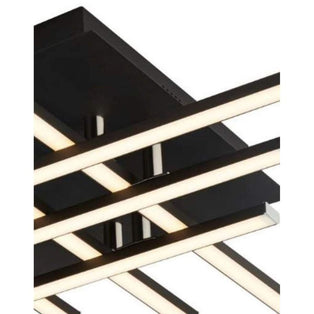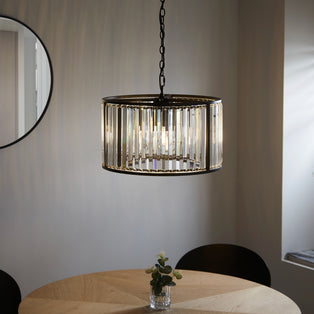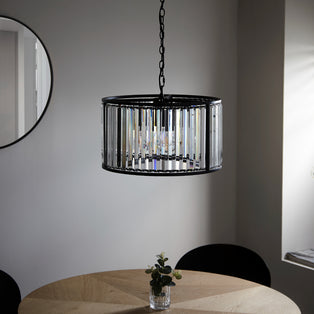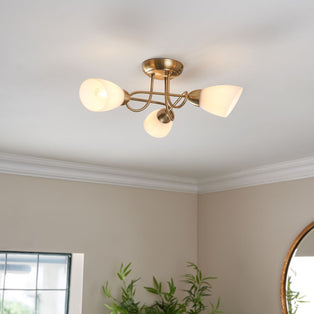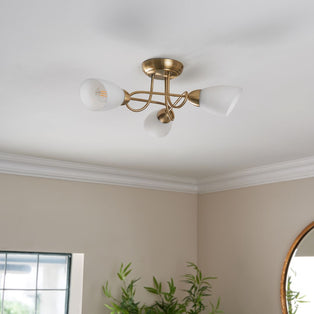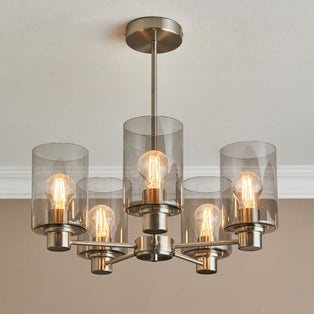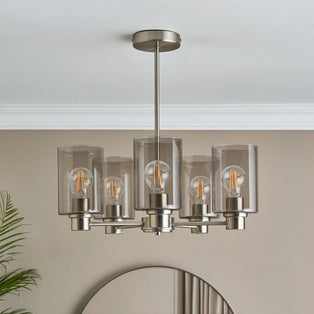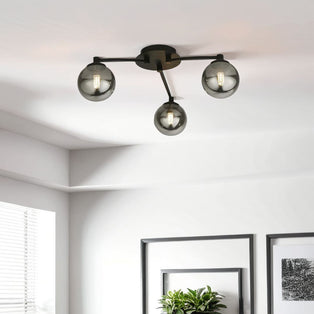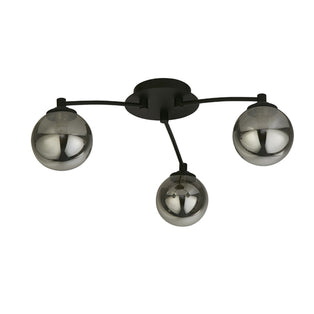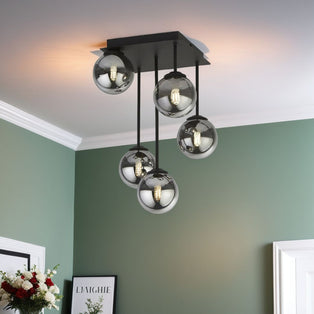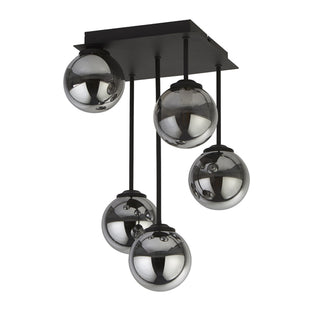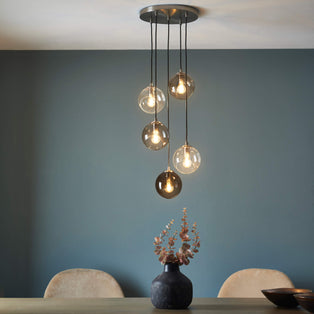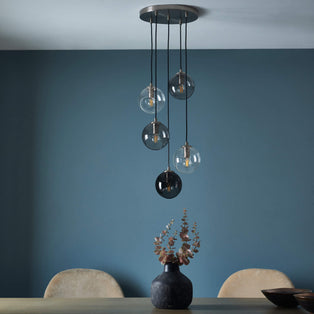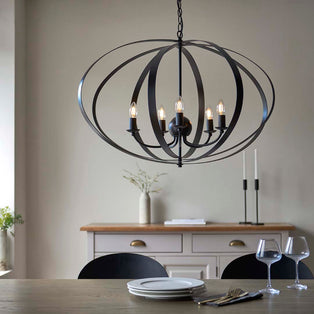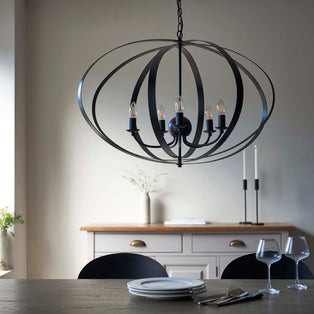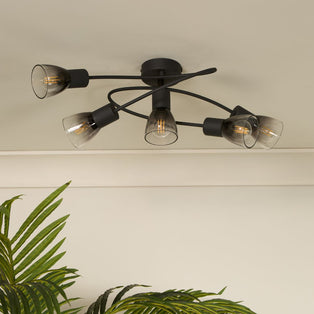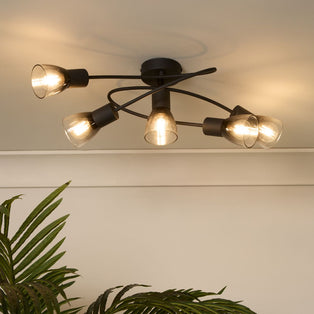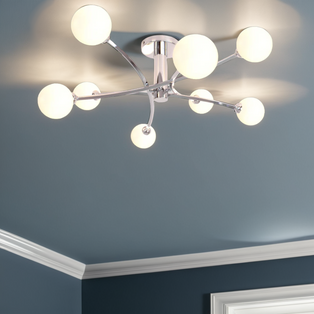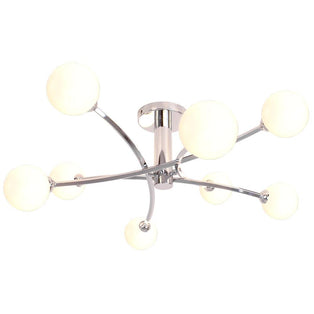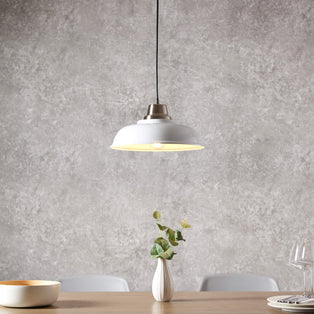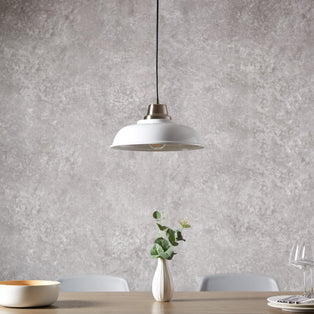Huerta 2 Light Black LED Flush Ceiling Light
Zelma Polished Chrome LED Ceiling Pendant
Murray Polished Chrome LED Flush Ceiling Light
Naeva 3 Light Black Crystal Pendant Ceiling Light
Bombo 5 Light Semi Flush Ceiling Light
Reggie Polished Chrome LED Semi Flush Ceiling Light
Reggie 4-Light Polished Chrome LED Semi-Flush Ceiling Light
Isha 3 Light Semi Flush Ceiling Light
Parley 3 Light Black Semi Flush Ceiling Light
Bombo 3 Light Semi Flush Ceiling Light
Adler Small Acrylic LED Flush Ceiling Light
Naeva 4 Light Black Crystal Pendant Ceiling Light
Barnet Pendant Ceiling Light Polished Chrome
Jaymie 6-Light Chrome Semi-Flush Ceiling Light
Kingsholm 3 Light Satin Nickel Semi Flush Ceiling Light
Bronx Semi-Flush Ceiling Light Antique Brass
Oscar Crystal LED Semi Flush Ceiling Light
Venezuela Gold Flush Ceiling Light
Glasgow 2 Light Antique Brass and Clear Glass IP44 Flush Ceiling Light
Kingsholm 3 Light Satin Nickel Semi Flush Ceiling Light
Sierra 4 Light Chrome Semi Flush Ceiling Light
Pogliola White LED Flush Ceiling Light
Matrix 6 Light Black LED Flush Ceiling Light
Grove Matte Antique Brass Ceiling Light Pendant
Kingsholm 5 Light Satin Nickel Semi Flush Ceiling Light
Navarro Flush 3-Light Black Ceiling Light with Smoked Glass
Mogano Small Black Flush Ceiling Light
Navarro 5 Light Black & Smoked Glass Semi Flush Ceiling Light
Bess Black & Copper Pendant Ceiling Light
Branco Multi Light Ceiling Light Pendant
Midnight 5 Light Matte Black Pendant Ceiling Light
Venezuela Gold Pendant Ceiling Light
Glenview 5 Light Black Flush Ceiling Light
Cheese 2 Light Flush Bathroom Ceiling Light Satin Chrome
Empoli 3 Light Black & Gold Pendant Ceiling Bar
Bombo 8 Light Ceiling Light Polished Chrome
Bakewell White Pendant
Ceiling Lights
A centrepiece for any space, whether you’re looking for a showstopper or something more minimalistic, our range of ceiling lights is designed to suit every room in the home from cosy living spaces to vibrant kitchen and dining rooms.
The best ceiling lights for a living room
The best ceiling lights for a living room really comes down to the personal choice. From your individual space to preferences, picking the right living room ceiling light can follow some ‘rules’ but will largely be influenced by you.
The living room is where you spend a lot of time, and often as a family, so you want something that reflects your style and creates the atmosphere you’re looking for. As a starting point, a good statement ceiling light—like a pendant, chandelier, or semi-flush —can completely lift the room. If you’ve got high ceilings, go bold with something multi-arm or tiered and remember that nearly all our pendant lights are height adjustable so you can choose the height that suits you. For lower ceilings in cottages, new builds and flats, semi-flush lights can still add character without taking up too much space. Whilst our semi-flush ceiling lights are fixed height, they are not lacking character and there are options for every style!
Other things to consider when you are selecting your living room ceiling lights are:
- Do you want to be able to adjust the level of light in your room? To allow your room to go from kids colouring in, to a romantic cozy sanctuary, then ensure you use dimmable lighting.
- What is the atmosphere you want to create? If you want the room to be bright and airy – then use cool white lighting. If you want the room to be warm and welcoming on a cold winter’s night - then use warm white lighting.
- Compliment your ceiling lighting with table, floor and wall lights. Use layers of lighting to switch your room from functional to atmospheric.
READ MORE
Don’t forget own-brand designs (like our Pagazzi Design range)—they’re exclusive, on-trend, and usually the best value.
Different types of ceiling lights for bedrooms
Bedrooms are a bit different to light than other rooms—they’re not just for one thing. You sleep there, sometimes read, maybe get ready, and occasionally just escape for a bit of peace. We recommend that the lighting needs to feel soft and layered. If you’ve got the ceiling height, go for it with a pendant light—something elegant or even a little dramatic can add real charm to the room. Just watch the drop—especially if it’s above the bed or in a walk-through space. A lot of our pendants are adjustable in height, so you’ve got options. For standard or lower ceilings, especially in newer homes or flats, semi-flush or flush fittings are ideal as they sit closer to the ceiling, which is practical, but there are so many beautiful styles out there that don’t feel boring. Some are soft and simple; others have real design flair—it all depends on the look you’re going for.
A few things to think about:
- What’s the mood you want in the room? Bedrooms are usually better with warm white light—it’s gentler on the eyes and makes the space feel relaxing. Cool white is great for a bathroom or office, but less so when you’re trying to unwind.
- Do you need your lighting to do more than one thing? If the room doubles as a dressing space or home office, then go for a brighter main light but pair it with table lamps, wall lights, or even some subtle LED strips around wardrobes or behind headboards.
- And always think layers. Your ceiling light sets the tone, but softer lights at eye level are what make a bedroom feel cosy and finished.
One last thing—ceiling lights in bedrooms don’t have to be plain or forgettable. Choose something that makes you feel good when you switch it on in the evening. Even a flush fitting can feel special if it reflects your style.
How to choose the right ceiling lights for your room
As well as your personal design tastes and what suits your wall colour and furniture choices, in terms of choosing the colour and material of your ceiling lights, its important, as discussed previously, to think about:
- Ceiling height and the drop you have available - this will dictate the style you choose from pendant to a flush design.
- The type of bulb and the colour and material of your shade - the colour of the bulb paired with the type of shade, be it glass, fabric, metal, will dictate how the light flows into the room and the atmosphere you create.
- Consider whether you want a light with an adjustable height, so you can customise its fit to your room or whether this isn’t important to your space.
- Also think about how versatile the lighting in this room needs to be - do you need the option for dimmable lighting or not?
FAQs
How to fit ceiling lights?
Fitting a ceiling light can be complex and needs to be done right. If you are going to fit the light yourself, you must start by turning the power in the property off first.
You will then need to connect the correct wires to the new fitting and then secure the light fitting to the ceiling before testing it by turning the power back on. We always recommend consulting a professional for support with fitting ceiling lights.
How to wire a ceiling light?
If you are choosing to wire a ceiling light without a professional, after you have turned the power off, you need to ensure your live, neutral and earth wires are all connected to the corresponding wires in the light fitting. Only after the ceiling light is wired and fitted should you turn the power back on.
How to change a ceiling light?
The ease and simplicity of changing a ceiling light will come down to what you’re swapping from and what you’re swapping to. If you are changing similar styles, this can be very straight forward, but a bigger change could be more complex.
We always recommend consulting a professional for support when changing ceiling lights but if you are doing this yourself, you must turn the power off before removing the original fitting. You will then need to wire the new fitting to the ceiling using the corresponding wires and then fit the fixture to the ceiling before turning the power back on and testing.
How to change a ceiling light bulb?
Ensure the light fixture is turned off and the current bulbs have had chance to cool down. Use a safe ladder or step stool to access the light fitting, unscrew any elements of the fixture required to access the bulbs before removing the old bulb and fitting the new bulb in the same place. Ensure you have put the full light fitting back together before testing the new bulb.
What are the best types of ceiling lights?
All types of ceiling lights are ideal for different types of homes. Pendant lights and chandeliers add a real sense of glamour and wow-factor and can add some layered and low light which creates a cosy atmosphere. Flush or semi-flush fittings are much more minimalistic and can provide a much wider-spread, brighter light if that is what the room requires. We recommend using social media to look at different inspiration in rooms and homes like yours.
What light bulbs are used in ceiling lights?
The type of light bulb required for a ceiling light can differ depending on the style and size of the fixture. Pendant lights may require larger, more decorative bulbs where a flush fitting needs a different style entirely. Generally, a 60 to 75 wattage light bulb is recommended for ceiling lights.



